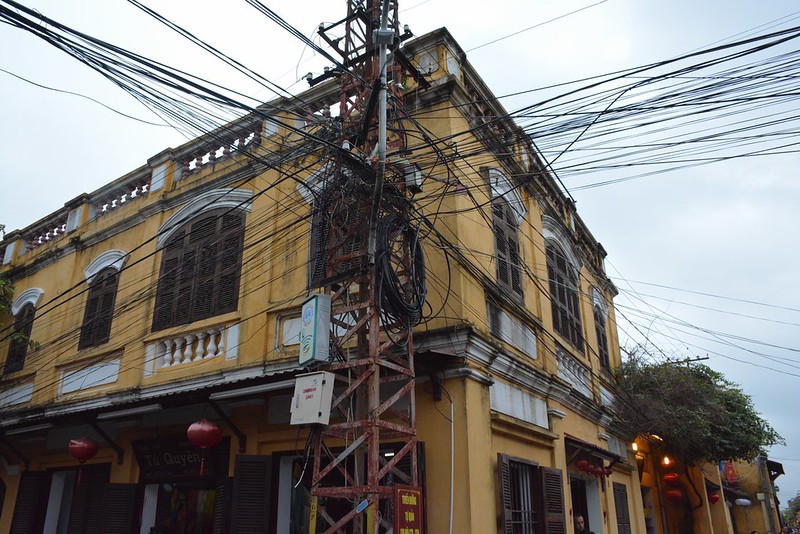Reducing Energy Poverty: Vietnam’s Renewable Energy
 Vietnam’s newly approved National Electricity Development Plan (PDP8) marks a significant step toward reducing energy poverty, promoting economic resilience and achieving carbon neutrality by 2050. By prioritizing renewable energy expansion and rural electrification, PDP8 offers a roadmap for sustainable growth and poverty reduction in rural communities.
Vietnam’s newly approved National Electricity Development Plan (PDP8) marks a significant step toward reducing energy poverty, promoting economic resilience and achieving carbon neutrality by 2050. By prioritizing renewable energy expansion and rural electrification, PDP8 offers a roadmap for sustainable growth and poverty reduction in rural communities.
Renewable Energy Expansion
Vietnam has emerged as a leader in renewable energy within Southeast Asia, with wind and solar capacity reaching 16.5 gigawatts (GW) in 2021, up from 7.4 GW in 2020, according to the International Renewable Energy Agency (IRENA). PDP8 aims to increase renewable energy capacity to more than 30 GW by 2030, accounting for 47% of the total electricity supply. This shift reduces Vietnam’s reliance on fossil fuels, which supply about 50% of the country’s power in recent years and makes energy more affordable for low-income households. Renewable energy projects are also driving job creation.
The International Labour Organization (ILO) estimates that renewable energy development in Vietnam could create 139 million jobs by 2030, particularly in installation, maintenance and manufacturing—industries vital for rural communities. By encouraging economic diversification, these opportunities give rural regions a sustainable path out of poverty. Reliable, affordable energy also lowers operational costs for small businesses, fostering entrepreneurship and regional development.
Rural Electrification and Improved Livelihoods
PDP8 prioritizes rural areas and remote regions, addressing energy poverty in communities like the Mekong Delta, where 85% of the population depends on agriculture. Expanding electricity access to these areas has far-reaching effects. According to the World Bank, rural electrification programs can increase household incomes through improved agricultural productivity. For example, access to electricity enables farmers to run irrigation systems, store perishable crops and process agricultural products.
In the Quang Tri and Kien Giang provinces, where electrification efforts are concentrated, such improvements could directly enhance farming efficiency and income stability. Reliable electricity also improves living standards, providing lighting, heating and connectivity that support education and small businesses. In Vietnam, where nearly 70% of the population lives in rural areas, these advancements play a critical role in poverty reduction.
Innovations in Energy Storage and Research
To address the challenges of renewable energy intermittency, PDP8 includes the development of energy storage solutions, such as large-scale battery systems. These systems ensure consistent electricity supply, even in remote areas, where disruptions are more common.
Additionally, Vietnam is investing in renewable energy research hubs, which foster innovation and skills development. These hubs contribute to Vietnam’s green transition by advancing technology and training workers for jobs in renewable energy. According to McKinsey and Company, investments in green technologies could boost Vietnam’s GDP.
A Sustainable Path to Economic Resilience
Vietnam’s PDP8 aims to strengthen the economy by creating a robust renewable energy ecosystem. Affordable, reliable electricity shields communities from external shocks, such as fluctuating fossil fuel prices, while lowering costs for small businesses. The World Bank reports that improving energy access can reduce poverty by fostering entrepreneurship and expanding employment opportunities.
PDP8 is more than an energy strategy—it is a transformative plan for inclusive, sustainable development. By expanding renewable energy, promoting rural electrification and driving innovation, Vietnam aims to set an example for other developing nations seeking to reduce both energy poverty and economic inequalities.
– Edzhe Miteva
Edzhe is based in London, UK and focuses on Good News and Politics for The Borgen Project.
Photo: Flickr
